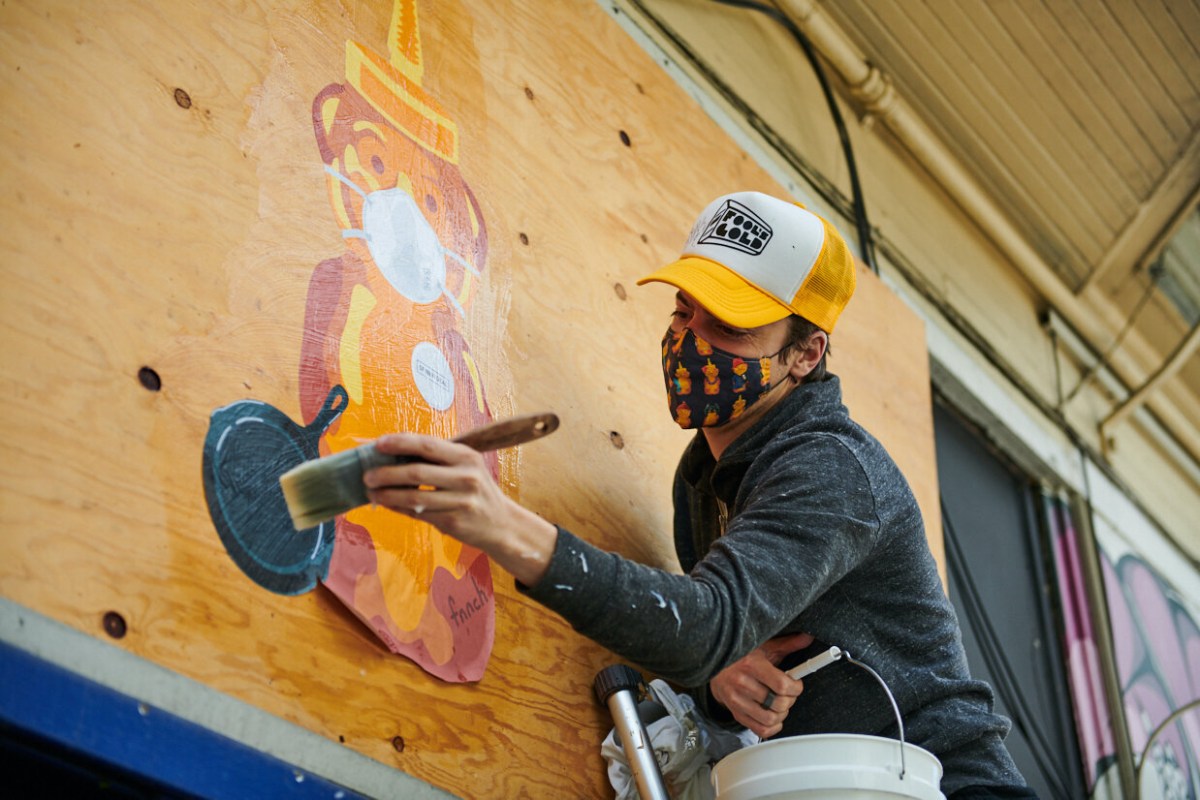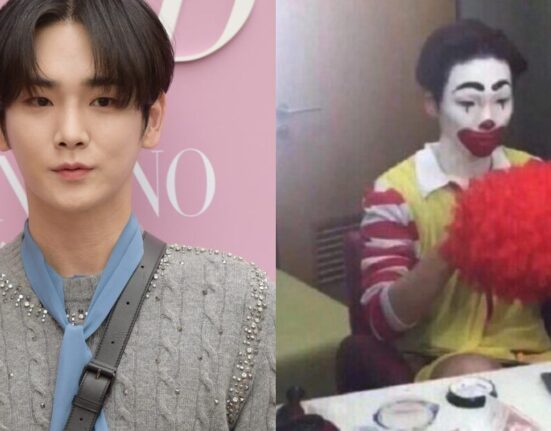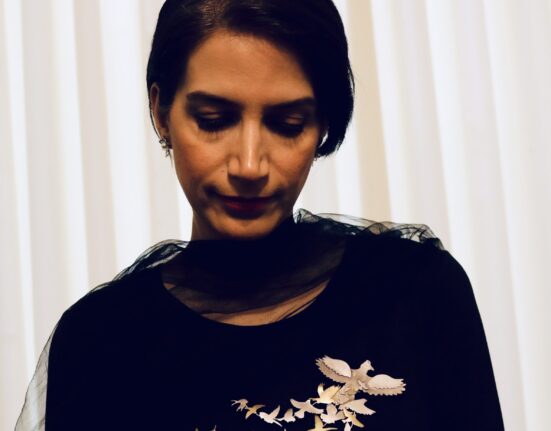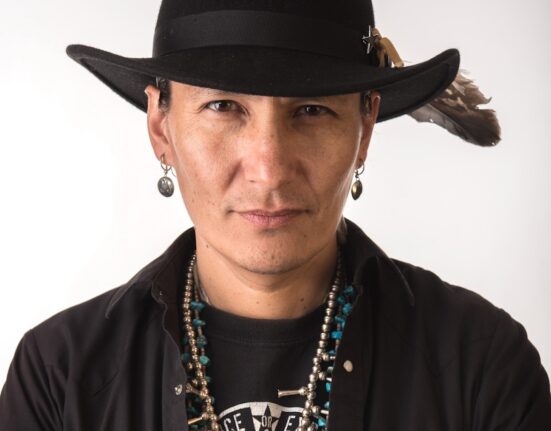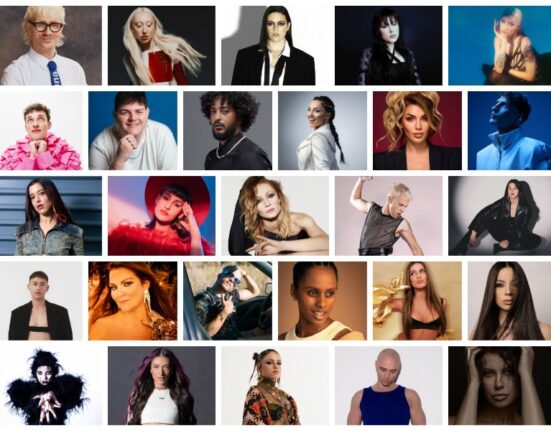In a world where art often feels like an exclusive club, reserved for those with the right connections or hefty bank accounts, this artist is turning that notion on its head. Meet fnnch, the enigmatic and elusive street artist who embodies the idea that art should be universally accessible.
Bringing together the democratization that has defined modern street art with contemporary, honey-soaked pop, fnnch seeks to create a world in which everyone is empowered to become an art lover.
But who is fnnch?
It all started in Duboce Park in San Francisco, where fnnch took his first steps into the wild and ever-shifting world of street art. His pseudonym, a cheeky play on the word “finch,” was a nod to his childhood nickname that stuck with him over the years.
With a rebellious streak, fnnch’s early works were illegally painted onto public property, marking the beginning of his journey into the limelight of the art world.
Much like the more impactful artists of the past, fnnch’s mission was crafted by the city environment. With only about 5% of a city’s residents and visitors touring its modern art museum, fnnch saw an opportunity to bring art to the other 95%.
His weapon of choice? The very medium of the city that inspired him: using multi-layered stencils and spray paint, fnnch creates what he calls “contemporary pop art,” depicting objects from both nature and everyday life.
Honey bears


In July 2017, fnnch unveiled his “9 Cans of LaCroix” series, a nine-piece stencil collection that took the art world by storm.
While fnnch’s work drew comparisons to Andy Warhol’s iconic Campbell’s soup cans, upon further observation, it became clear that it was more than just a nod to the past. It was a tongue-in-cheek commentary on the cultural zeitgeist surrounding the sparkling water brand.
While fnnch’s art has garnered recognition from esteemed publications like The New York Times, Washington Post, and San Francisco Chronicle, his true passion lies in the public streets. His public art can be found in cities such as San Francisco, Los Angeles, New York, Miami, Chicago, St. Louis, Tel Aviv, and Hong Kong. H
However, fnnch’s artistic footprint extends beyond the streets; his fine art resides in private collections across 48 states and 20 countries.
Yet his oeuvre is not merely about making a statement; it’s about effecting change. His philosophy is rooted in the belief that art should be positive, inclusive, and nostalgic.
“I wanted to paint something that was positive, inclusive, nostalgic in nature,” fnnch explains. “So that you had this cognitive dissonance where you realize that the piece is illegal and will go away, but you like it, and you want it to stay.”
And stay it has. From iconic honey bears to thought-provoking murals, fnnch’s art has become synonymous with the urban landscape. But it’s not just about the art itself; rather, it’s about the message it conveys.
“Something that is truly political is divisive,” fnnch says. “And I want to be additive.”
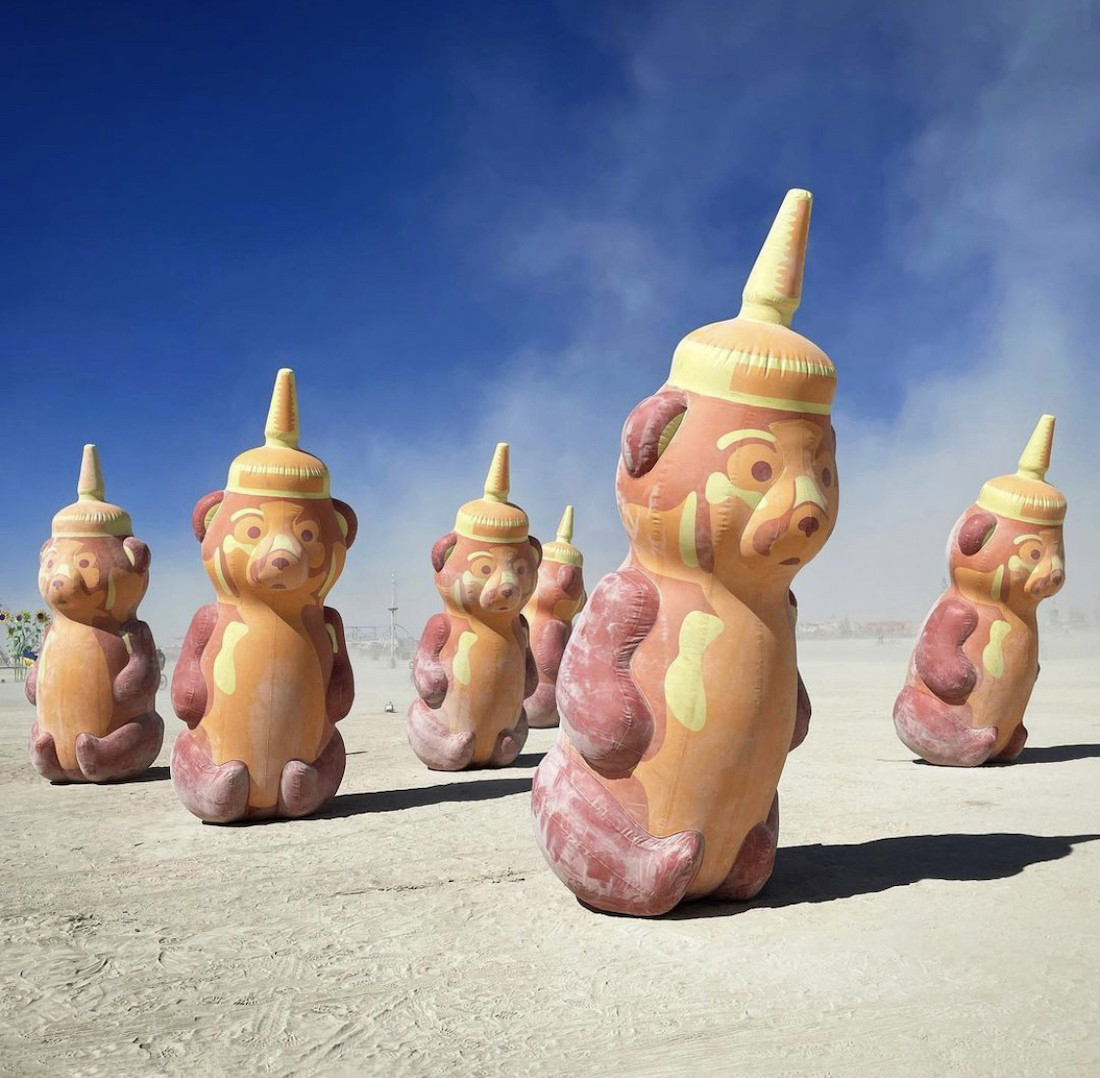
However, fnnch’s art has not been without its controversies. Critics have accused him of homogenizing the street art scene in San Francisco, suggesting that his work represents the worst qualities of gentrification….one honey bear at a time.
Speaking of honey bears, they’ve become fnnch’s signature motif. Inspired by the bear-shaped honey bottles found in grocery stores, fnnch sees them as a universal symbol of happiness.
Perhaps fnnch’s most poignant piece is his mural outside the San Francisco LGBT Community Center. Depicting three honey bears painted in the colors of three different pride flags, the mural serves as a tribute to fnnch’s gay uncle. It’s a reminder that art has the power to unite people, regardless of their backgrounds.
In the end, that’s what fnnch’s art is all about: bringing people together, drenched in honey, nostalgia, and positivity.
Exhibition and reception in Boston
Check out his upcoming show at the DTR Modern Gallery Boston location this Friday, May 10 at 6 p.m. Visit dtrmodern.com or contact info@dtrmodern.com for details.

